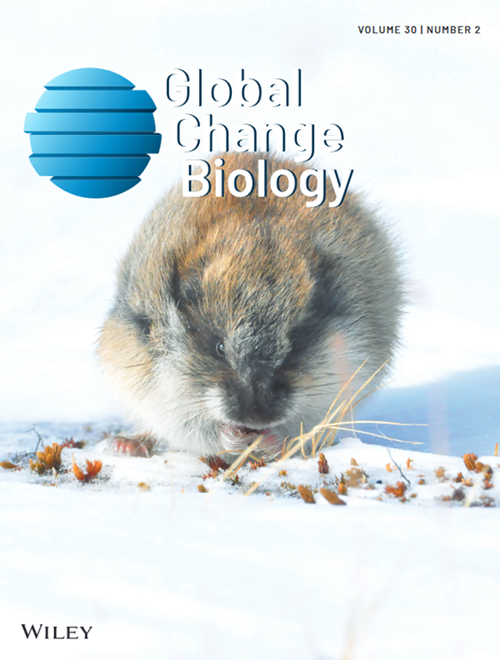The Greatest Extinction Event in 66 Million Years? Contextualising Anthropogenic Extinctions
Abstract
Biological communities are changing rapidly in response to human activities, with the high rate of vertebrate species extinction leading many to propose that we are in the midst of a sixth mass extinction event. Five past mass extinction events have commonly been identified across the Phanerozoic, with the last occurring at the end of the Cretaceous, 66 million years ago (Ma). However, life on Earth has always changed and evolved, with most species ever to have existed now extinct. The question is, are human activities increasing the rate and magnitude of extinction to levels rarely seen in the history of life? Drawing on the literature on extinctions primarily over the last 66 million years (i.e., the Cenozoic), we ask: (1) what comparisons can meaningfully be drawn? and (2) when did the Earth last witness an extinction event on this scale? We conclude that, although challenging to address, the available evidence suggests that the ongoing extinction episode still falls a long way short of the devastation caused by the bolide impact 66 Ma, but that it has likely surpassed most other Cenozoic events in magnitude, with the possible exception of the Eocene–Oligocene transition (34 Ma), about which much uncertainty remains. Given the number of endangered and at-risk species, the eventual magnitude of the current event will depend heavily on humanity's response and how we interact with the rest of the biosphere over the coming millennia.


 求助内容:
求助内容: 应助结果提醒方式:
应助结果提醒方式:


